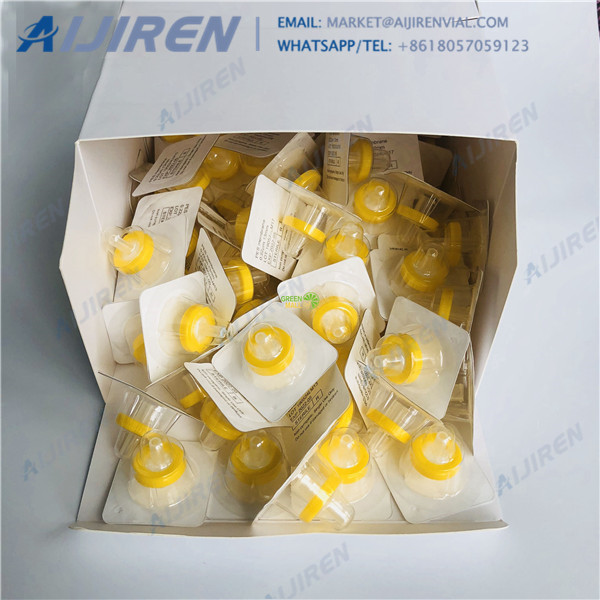
Syringe Filters Solvent Compatibility Chart 1 Protect any analytical system. 2 Extend LC column lifetime. 3 Achieve more reproducible analyses. 4 Variety of membranes, porosities, and diameters available. 5 Luer lock inlet provides strong, leak-tight syringe connection to withstand filtration pressure.
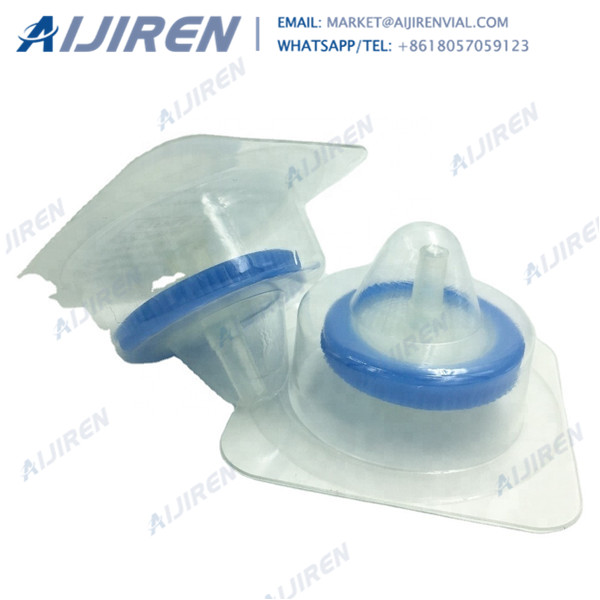
solvent compatibility 0.22 um syringe filter distributor Non-Sterile Millex® Syringe Filters with Hydrophilic PTFE Membrane Compatible with both aqueous and organic solutions, providing broad chemical compatibility and flexibility in the lab; Available in 0.20 µm and 0.45 µm pore
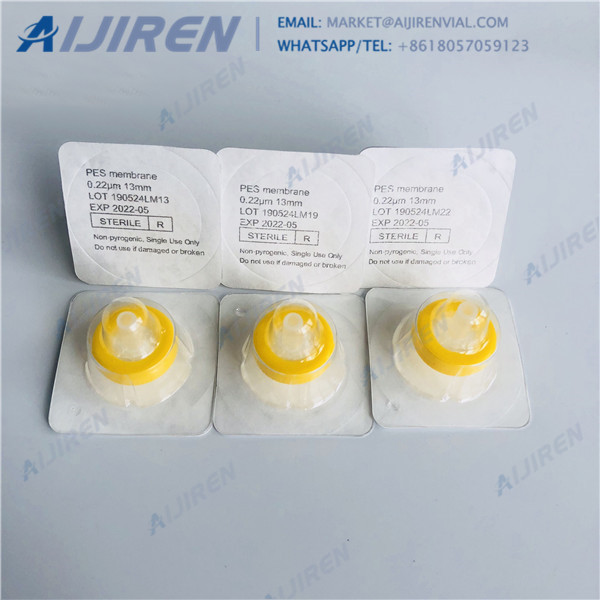
Syringe Filter Housings. 1) Syringe filter housings are manufactured from solvent-resistant, low-extractable polypropylene resins specifically selected for wide compatibility with common HPLC sample matrices. 2) Solutions at temperatures up to 100°C can be filtered using syringe filters. 3) Syringe filters can be sterilized by autoclave at 125°C for 15 minutes.
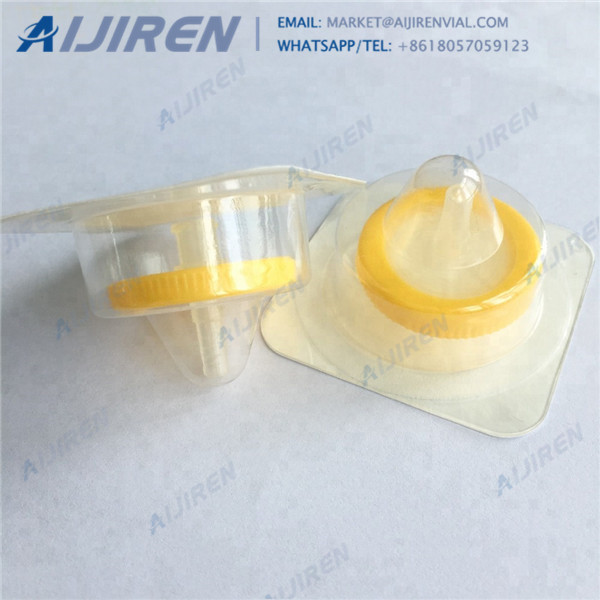
ghp membrane filter solvent compatibility distributor. The GHP membrane used in Pall Laboratory Acrodisc® syringe filters, centrifugal devices and Acroprep™ filter plates will be discontinued due to the rationalization of a key material from our supplier.
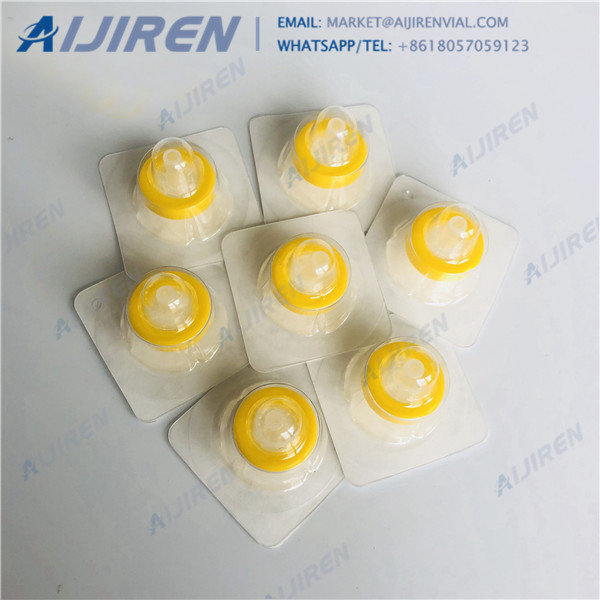
Mushroom Spawn Jar Gas Exchange Filter. Six Gas Exchange Filters (13 mm diameter, 0.22-micron filter). Perfect for grain spawn or liquid culture jars! Easy to use, reusable, and ideally suited for the home mycologist. 0.22-micron pore size provides an exceptional contaminate-free gas exchange for all grains and liquid culture jars. Great for growing mushrooms at home when using a BRF or grain
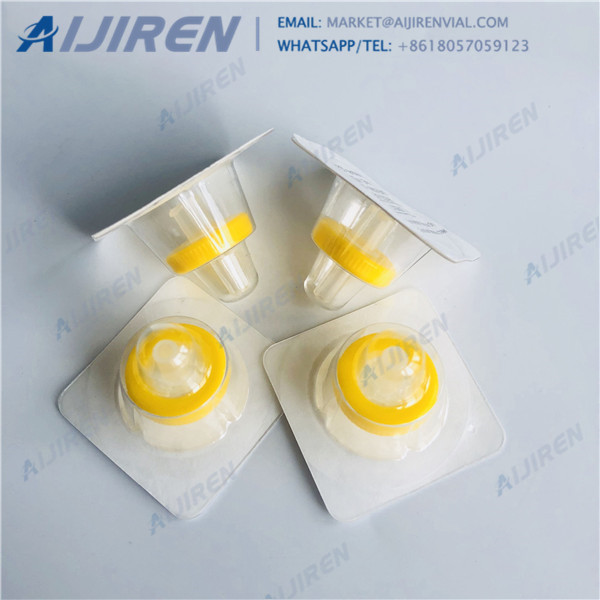
solvent compatibility 0.22 um syringe filter distributor Non-Sterile Millex® Syringe Filters with Hydrophilic PTFE Membrane Compatible with both aqueous and organic solutions, providing broad chemical compatibility and flexibility in the lab; Available in 0.20 µm and 0.45 µm pore Hot selling solvent compatibility PTFE membrane filter price
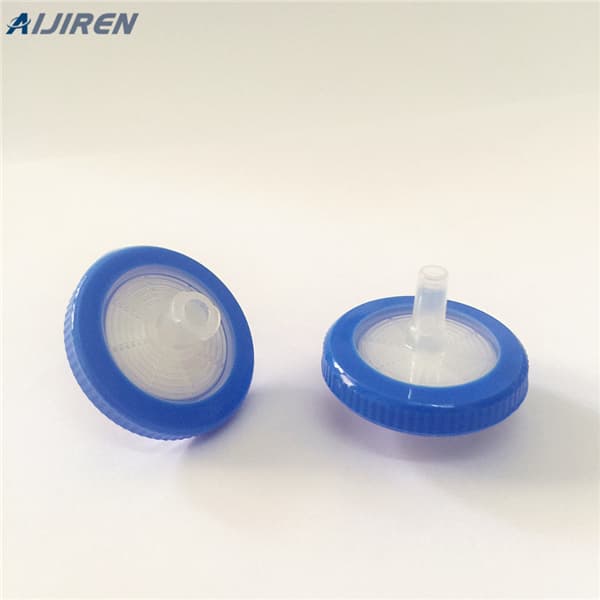
Hydrophobic PTFE syringe filters have broad chemical compatibility and high pH resistance. Size. Pack Size. Color. 0.22 µm Particle. Part No. 2020-2021-Chromatography-Consumables-Interactive-Catalog.pdf. 0.22 µm Particle. Part No. 0.45 µm Particle Hydrophobic PTFE syringe filters have broad chemical Holder for a 33 mm fast LC Pecosphere
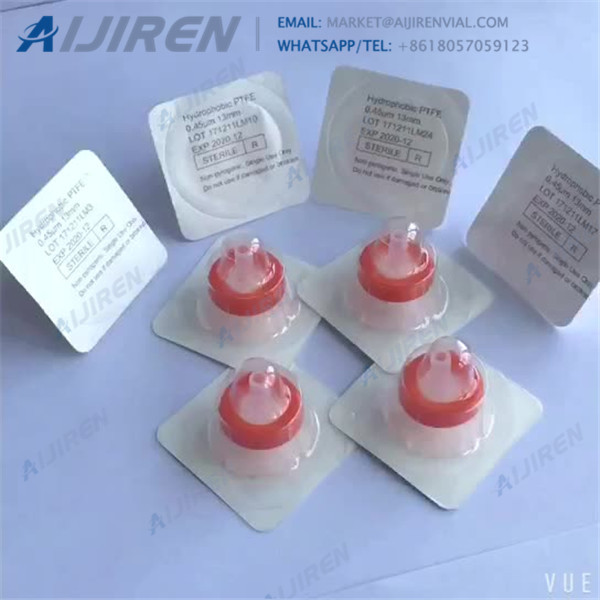
The chemical compatibility depends on several parameters such as time, pressure and concentration. In most cases, CHROMAFIL® filters will have only short contact with a solvent. In these cases they may be used despite limited compatibility. For example, a PTFE filter with PP housing does not liberate any UV-detectable substances during
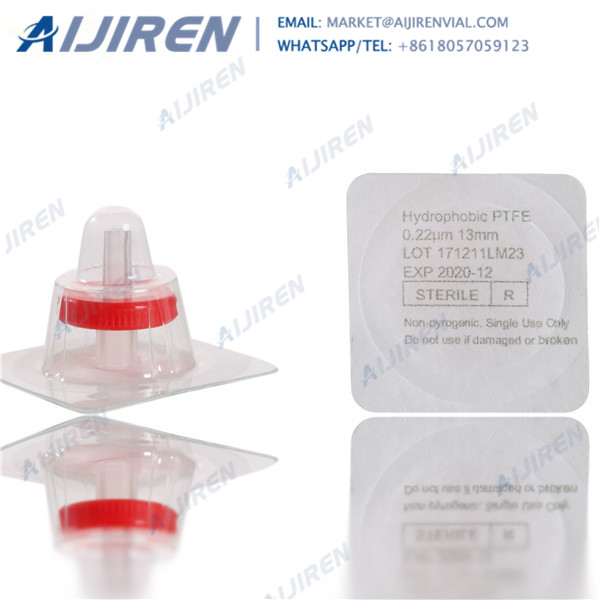
Intro. There are so many solvents and syringe filter/membrane materials that it can be tough to remember which combinations are safe and which are corrosive. These tables show five common syringe filter materials -- Cellulose Acetate (CA), Nylon, PES, PTFE, and PVDF -- and their compatibilities with 75 common solvents.
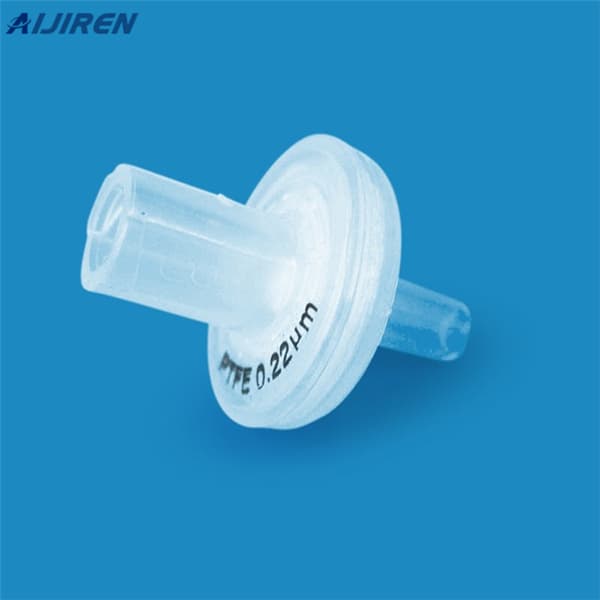
This document provides chemical compatibility information, operating steps, and specifications for the nonsterile 33 millimeter (mm). Millex® syringe filter Red PTFE (Hydrophilic) Syringe Filters, 0.22 µm, 25 mm (100/pack) The PerkinElmer Red PTFE (Hydrophilic) Syringe Filters, 0.22 µm, 25 mm (100/pack) have broad chemical compatibility and
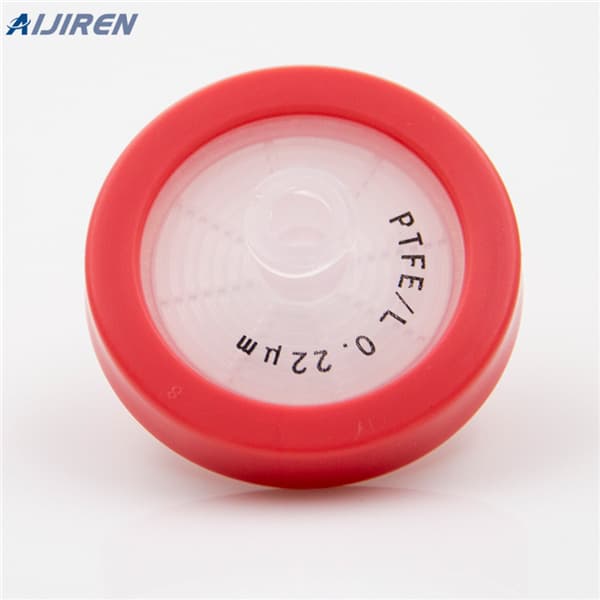
solvent compatibility mushroom syringe filter supplier Nov 16, 2021 · Oct 29, 2021 · Oct 21, 2021 · solvent compatibility 0.22 um syringe filter Corning Leading Supplier of PTFE Syringe Filter,Welcome to Inquiry Corning® 25 mm Diameter Syringe Filters, 0.2 µm Pore NY date: 2021-10-29
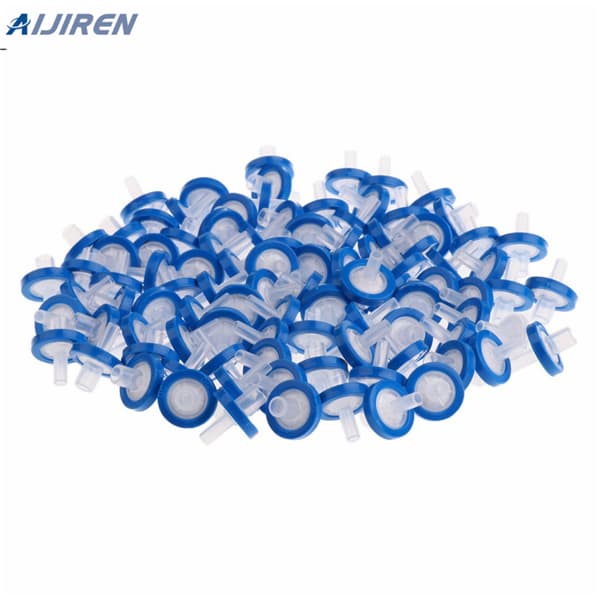
Variety of membranes, porosities, and diameters available. Luer lock inlet provides strong, leak-tight syringe connection to withstand filtration pressure. Rugged polypropylene construction— autoclavable to 121 °C for 15 minutes (75 psi). Labeled (13, 25, and 30 mm, only) and color coded for easy identification. Convenient dispenser box.
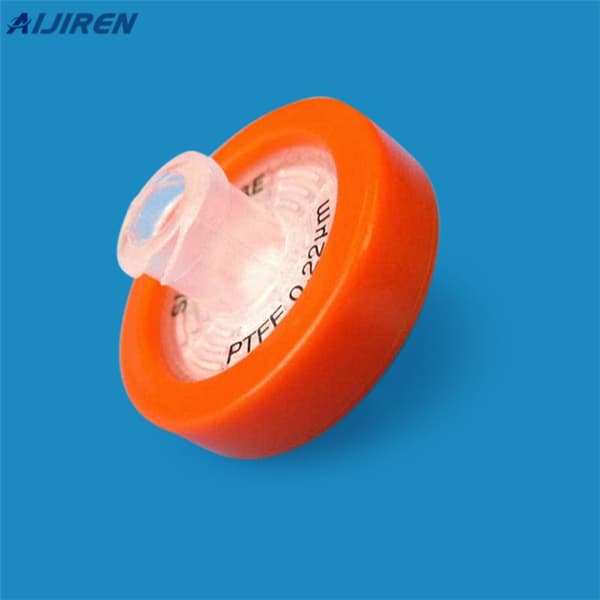
Jan 26, 2022 · The syringe barrel holds your solvent until expulsion from the syringe. Common syringe barrels are constructed of glass, acrylics, or stainless steel. Glass barrels have no common chemical incompatibility issues, aside from prolonged exposure to strong bases (e.g., sodium hydroxide). Acrylic-based syringe barrels/needles are not as robust to
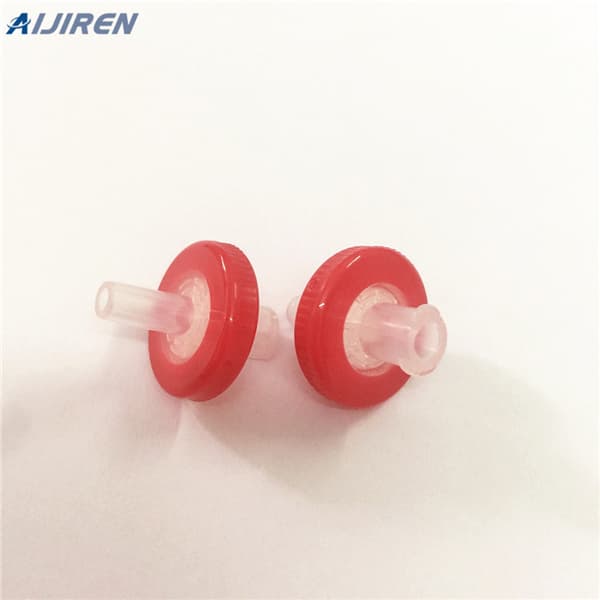
Ensuring the correct filtration membrane has been selected from different types of filter materials is often overlooked in routine laboratory sample filtration. Here, we explore different filtration properties and how to take a preventative—rather than reactive—approach, minimizing time spent troubleshooting and maximizing efficiency.